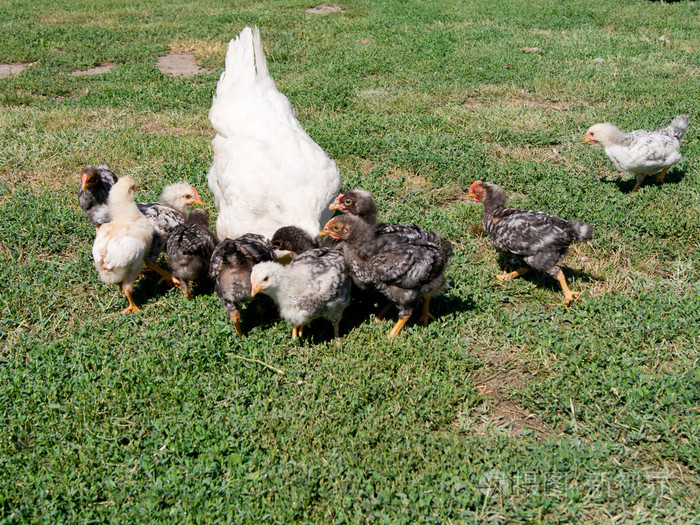In the process of raising chickens, the early death of chicks occupies a large proportion. According to the clinical investigation results, the causes of death mainly include congenital factors and acquired factors. The former accounts for about 35% of the total number of chick deaths, and the latter accounts for about 65% of the total number of chick deaths.
Congenital factors
1. Breeding eggs come from breeder flocks suffering from pullorum, mycoplasma, Marek’s disease and other diseases that can be transmitted through eggs. The eggs are not sterilized before hatching (this is very common in rural areas where the hatching capacity is small) or the disinfection is not complete, and the embryos are infected during the hatching process, resulting in the death of the hatched chicks.
2. The hatching utensils are not clean and there are germs. It is a common phenomenon in rural kang hatching, hot water bottle hatching and hen self-hatching. During hatching, germs invade chicken embryos, causing abnormal development of chicken embryos. After hatching, the umbilicus will become inflamed and form omphalitis, which is one of the reasons for the high mortality of chicks.
3. Reasons during the incubation process. Due to the incomplete grasp of hatching knowledge, improper operation of temperature, humidity and egg turning and drying during the hatching process resulted in hypoplasia of chicks, which led to early death of chicks.
Acquired factors
1. Low temperature. Chicken is a warm-blooded animal, which can maintain a relatively constant body temperature under a certain range of temperature conditions. However, in production practice, a large proportion of chicks die due to low temperature, especially on the third day after hatching, the death rate will reach a peak. The reason for the low temperature is that the insulation performance of the chicken house is poor, the outside temperature is too low, the heating conditions are weak such as power outages, ceasefire, etc., and there is draft or draft in the brooding room. If the low temperature time is too long, it can cause a large number of chicks to die. Chicks that have survived the low-temperature environment are extremely susceptible to various diseases and infectious diseases, and the results are extremely harmful to the chicks.
2. High temperature.
Causes of high temperature are:
(1) The outside temperature is too high, the humidity in the house is high, the ventilation performance is poor, and the density of chicks is high.
(2) Excessive heating in the house, or uneven heat distribution.
(3) The carelessness of the management personnel causes the indoor temperature to be out of control, etc.
The high temperature hinders the distribution of body heat and moisture of the chicks, and the body heat balance is disturbed. The chicks have a certain ability to adapt and adjust under high temperature for a short period of time. If the time is too long, the chicks will die.
3. Humidity. Under normal conditions, the requirements for relative humidity are not as strict as temperature. For example, when the humidity is seriously insufficient, the environment is dry, and the chicks cannot drink water in time, the chicks may be dehydrated. In rural areas, there is a saying that chicks will loose when drinking water, some farmers only feed the commercially available chicken feed, and do not provide enough drinking water, resulting in the death of chicks due to lack of water. Sometimes due to lack of drinking water for a long time, drinking water is suddenly supplied, and the chicks compete for drinking, causing the head, neck and whole body feathers of the chicks to be soaked. Too high or too low humidity is not good for the survival of chicks, and the appropriate relative humidity should be 70-75%.
Post time: Jul-14-2023





